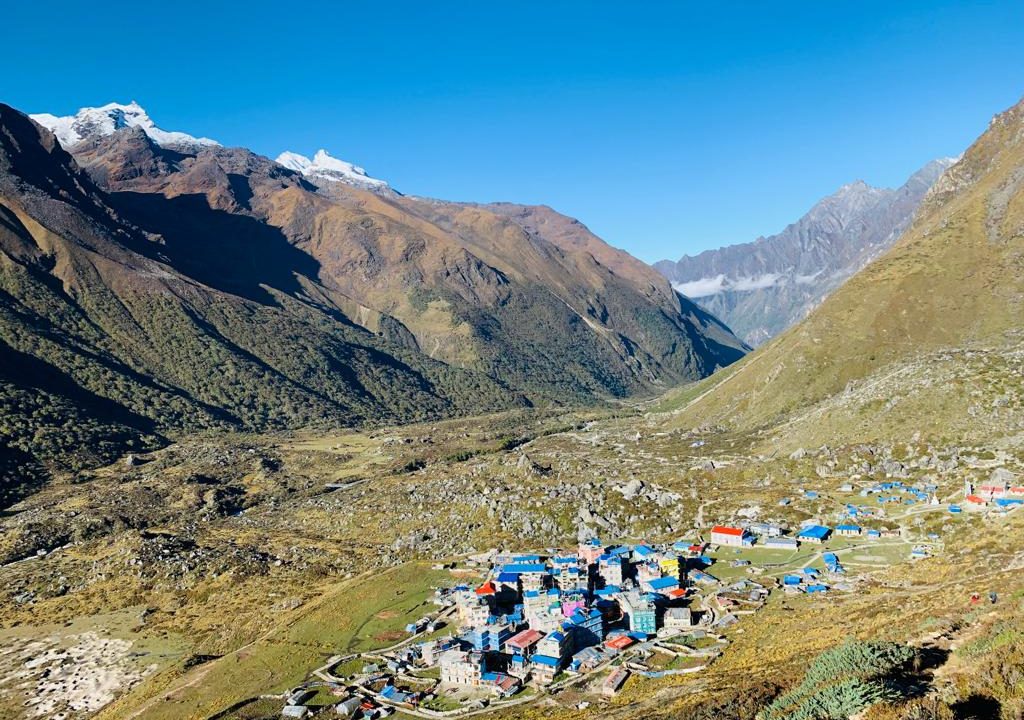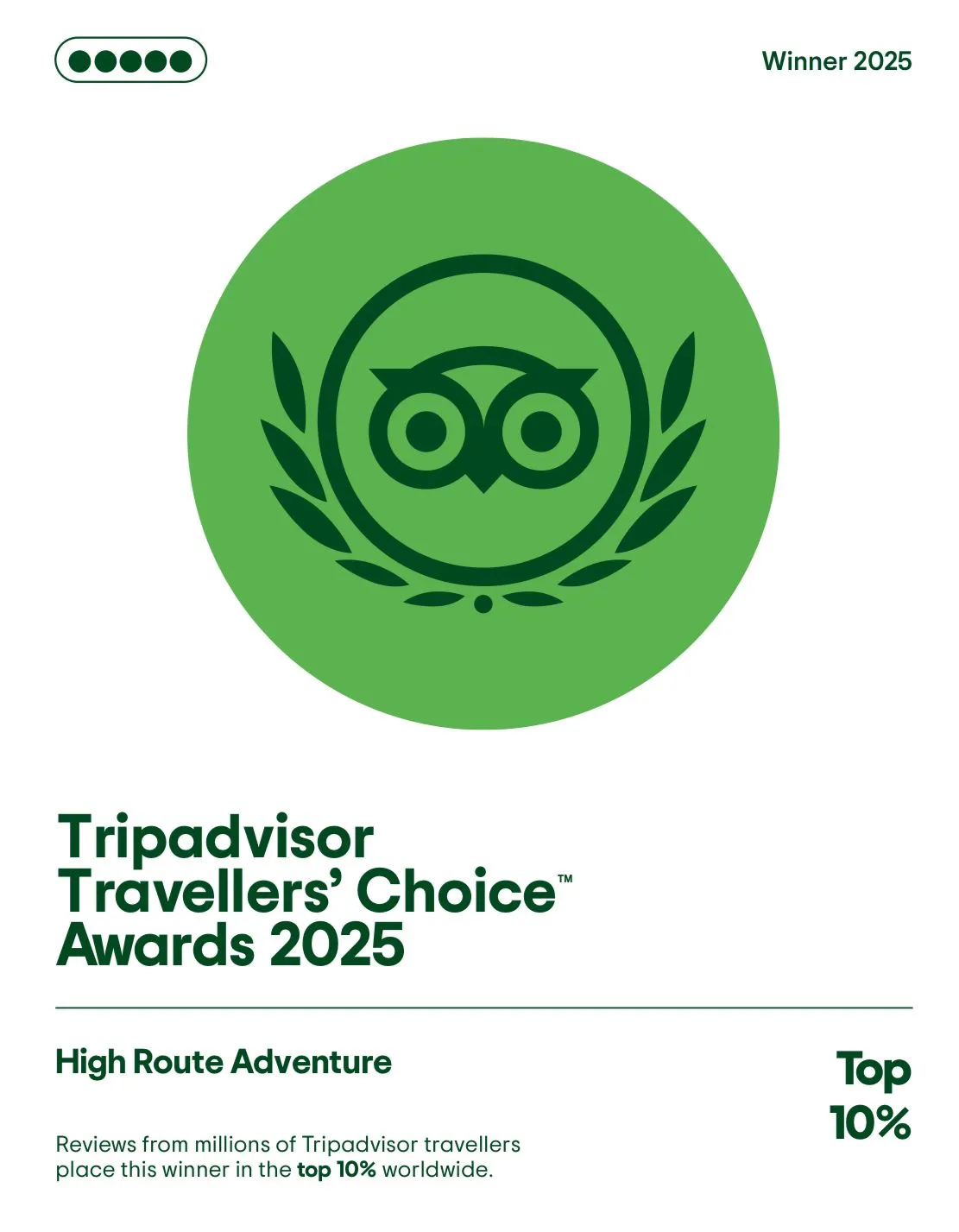When is the Best Time for the Langtang Valley Trek?

Langtang Valley, the “Valley of Glaciers”, is one of the most beautiful places in Nepal, with breathtaking views and beautiful landscapes. It is famous for many snow-capped mountains, such as Mount Langtang Ri, Langtang, Langrisa, and Ganjala Peak. Knowing a place’s weather before trekking is a must for safety reasons.
The Langtang Valley trek leads to an elevation of 3800 m (Kyanjin Gompa) and 4773 m (Kyanjin Ri). It starts from the easy route to the moderately difficult route. It is famous among soft adventure trekkers. This trek gives you a jaw-dropping view.
This trek lasts for 10-15 days. It starts from Kathmandu to SyabruBesi. Syabru Besi is the starting point of the trek. You trek to Lama Hotel, Mundu, and finally to Kyanjin. Then, return to Lama Hotel, SyabruBesi, to Kathmandu, which will end the trip.
This trek also passes through Langtang National Park, where many wildlife, such as Himalayan deer, bears, monkeys, and red pandas, inhabit. The trail goes up through Kyanjin Gompa by the Bank of Langtang River. You can enjoy a heavenly view after reaching Ghora Tabela.
This is a teahouse accommodation trek with the most magnificent forests, high alpine meadows, and yak pastures around Kyanjin Gompa, a Bushhist monastery. Tibetan Buddhist culture here gives you very serene and authentic vibes. Welcoming Tamang locals and their culture makes your heart flutter.
Langtang Valley makes it possible to trek in all four seasons. But among the four seasons, Spring and Autumn are the most comfortable seasons. Summer is difficult due to the hot climate and heavy rainfall. You can choose any season, but saving some trouble is always better. Let’s discuss the weather & best time for the Langtang Valley Trek.
Check our short Langtang Valley trek pakage: 7 Days Langtang Valley TrekTable of Contents
Spring Season (March-May)

Spring is the best season to trek to Langtang Valley. The climate is stable, with mild temperatures, which makes your journey easier. This season starts in March and ends in May. This season is suitable for trekking in high altitudes.
You see flora, forests, and green vegetation along the trail. The views of the clear sky, mountains, and glaciers are picturesque. This blooming season welcomes you with the most beautiful natural landscapes.
In Spring, the days are longer and the nights are shorter. You get enough time to rest during your trek. The starry nights and good visibility in the early morning are best to embrace the beauty of the moon, stars, and warmth of the sun.
As this is the peak season, the place will be more crowded than the off-season but less crowded than other treks. You will get to see people from all around the world during this journey. Make new friends and enjoy your trek to the best in the upcoming Spring.
Autumn Season (September-November)
Autumn is also the best time to trek Langtang Valley. The moderate temperature makes the journey very cozy and comfortable. Autumn covers September, October, and November. It is colder than the spring season, with less chance of rain and snowfall.
It is cold, especially during nighttime, but it is tolerable. Autumn has dry days, clear skies, and the best views. The trails are in the best condition. This season favors trekkers in every possible way.
This is also the seasonal time. So, you get to meet many companions during your whole journey. The trails are crowded. You can hardly get any rooms at housestays. Still, this is the best time to trek if you want a safe trek without difficulties.
Summer Season (June-August)
Summer is quite a challenging time to trek Langtang Valley. The summer is known as the monsoon season, a season with downpours. The trails are in the worst condition, making it difficult to trek.
June is the start of Summer, and August is the ending. There is less rain at higher altitudes. It doesn’t rain all day, but it rains every day. The rain disturbs the journey. There is a high chance of injury on muddy trails. Due to heavy rainfall, landslides occur. This is offseason time for trekking.
So, there is less crowd and fewer disturbances in the season. The tea houses are also nearly empty, which makes it cheaper. Although the climate is unfavorable, the morning views are spectacular.
Winter Season (December-February)

Winter is the off-season time to trek due to its cold temperature. The temperature drops to -13 degrees during the night, making it difficult to tolerate. The chilly wind blowing in high altitudes makes you even colder.
December, January, and February are three months of winter. The fact that winter makes mountains beautiful is inevitable. You get to see the best views of snow-capped mountains and clear frozen glacier lakes. Langtang Valley is the “Valley of Glaciers”; winter makes glaciers look more meaningful.
If you are cool in a chilly season, you can also trek in winter. Keep yourself warm, and be careful of slippery and snowy trails.
Frequently Asked Questions
When is the prime trekking season for Langtang Valley?
The best times for Langtang Valley trekking are spring (March-May) and autumn (September-November). These seasons offer ideal weather conditions and visibility.
Is the Langtang Valley trek possible to do during winter?
While challenging, the Langtang Valley trek is still feasible in winter from December to February. However, expect colder temperatures, harsher conditions, and potentially some lingering snow and ice on the trails.
What is the monsoon season like in Langtang National Park?
Monsoon months (June-August) bring persistent rain, increased risk of landslides/mudslides, and reduced visibility, making a Langtang Valley trek more difficult and potentially hazardous.
How long does it take to complete the Langtang Valley trek?
The Langtang Valley trek typically takes 7-12 days to complete at a moderate, well-acclimatized pace.
Is a guide necessary for the Langtang Valley trek?
Given potential route-finding challenges, variable trail conditions, and altitude considerations, hiring a local guide is highly recommended for those new to the route.
What level of teahouse accommodation is available in Langtang Valley?
Basic tea house lodges can be found along the entirety of the trekking route in Langtang, providing simple food and lodging options.
Are permits mandatory for Langtang Valley Trek?
Yes, Permits are mandatory for Langtang Valley Trek. TIMS Permits and Langtang National Park Permits are required.
Is altitude sickness something I should worry about?
Due to portions of the Langtang Valley trek exceeding 3,000 m, there is a risk of developing altitude sickness, especially if you ascend too rapidly. Taking time to acclimate and recognize early signs of mountain sickness can reduce serious issues.
Recommend reading: Langtang Valley Trek FAQsConclusion
The Langtang Valley has beautiful alpine meadows, villages, mountains, and rivers to explore. The best times to visit are spring and autumn, when the weather is ideal for trekking, and the views are clearest. However, some adventurous travelers still journey during winter and monsoon seasons.
The weather in the Himalayas can always be unpredictable! As long as you plan wisely for the conditions of your chosen season, the magic of Langtang’s landscapes can be experienced year-round. This special region has almost legendary status among trekkers.
So let its scenery and trails excite your spirit, whenever you can make the journey. With reasonable expectations set, Langtang Valley always has sacred wanderings and surprises waiting around the next bend!
Posted on








